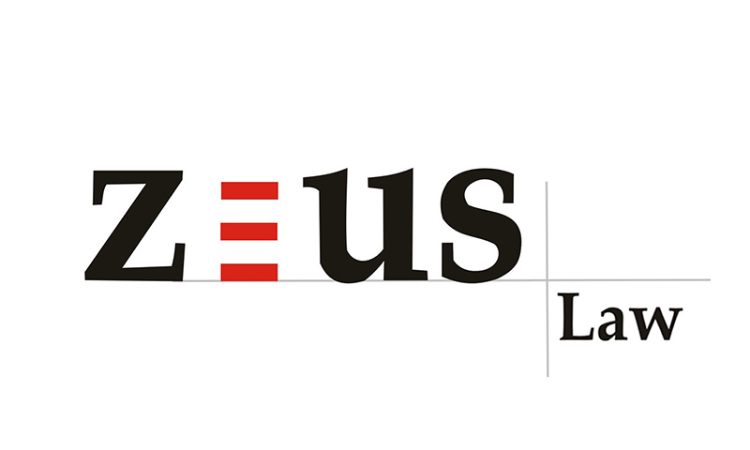The Legal Battle Over EIA Amendments: Kerala High Court's Landmark Ruling
Jayshree Navin Chandra and Divij Poddar
24 July 2024 1:53 PM IST

Under the Environment Impact Assessment Notification No. S.O. 1533(E) dated September 14, 2006 (“2006 EIA Notification”), the building and construction projects of more than 20,000 square meters and less than 1,50,000 square meters of built-up area have been mandated to obtain prior environmental clearance (EC). However, ambiguities existed regarding the definition of 'built-up area', the inclusions/ exclusions within the category of building and construction projects and the scope of exemptions under the EIA Notification for such projects.
The Draft Notification No. 2319(E) dated September 11, 2014 (“Draft 2014 Notification”), sought to clarify the definition of 'built-up area' and also listed the categories of building and construction projects, i.e. residential buildings, commercial buildings, hotels, hospitals, hostels, office blocks and information technology, and software development units/ parks, which required EC under the 1006 EIA Notification. The Draft 2014 Notification was published for public feedback and comments from stakeholders and it opened up Pandora's box.
However, when the Ministry of Environment, Forests and Climate Change (MoEF) finally issued Notification No. 3252(E) dated December 22, 2014 (“ Final 2014 Notification”), amending the 2006 EIA Notification, instead of specifying the projects that require prior EC, it listed out the categories of construction and building projects, most notably the industrial sheds, that were exempt from the requirement of obtaining prior EC. The Final 2014 Notification, however, prescribed that such construction and building projects would need to adopt sustainable management practices, rainwater harvesting and the use of recyclable materials such as ash bricks. The Final 2014 Notification claimed that no objections or suggestions were received in response to the Draft 2014 Notification within the stipulated timeline.
In furtherance of the Final 2014 Notification, the MoEF, issued Office Memorandum dated March 05, 2015, for defining the term 'Industrial Shed' and the same was further modified vide the Office Memorandum dated October 04, 2022 (“2022 Clarification”). As per the 2022 Clarification, the word 'Industrial Shed' mentioned in the Final 2014 Notification was defined as: “implies buildings/ warehouses/ sheds (whether RCC or otherwise) which are used for housing machinery of industrial units and/ or storage of raw materials and finished goods and industrial products including but not limited to industrial and factory-made products, irrespective of the location and proximity of the Industrial Shed vis-a-vis any Industry”.
In 2016, in the case of One Earth One Life vs. Ministry of Environment, Forests and Climate Change & Anr., Writ Petition (Civil) No. 3097 of 2016, a significant legal battle unfolded concerning the amendments to 2006 EIA Notification pursuant to the Draft 2014 Notification and Final 2014 Notification. The case dealt with the question of the application of due process of law when issuing circulars amending the EIA 2006 Notification.
One Earth One Life, an organisation registered under the Travancore-Cochin Scientific, Literary and Charitable Societies Registration Act, 1955, working with the sole intention to protect and improve the forests and safeguard the environment, challenged the 2014 Final Notification on various grounds, viz. that the Final 2014 Notification was contrary to the Draft 2014 Notification as the former deviated from the latter and the Final 2014 Notification drastically amended the 2006 EIA Notification without appropriate public consultation and feedback. Further, in spite of receiving several suggestions and objections to the Draft 2014 Notification, the MoEF issued the Final 2014 Notification stating that no objections or suggestions to the Draft 2014 Notification were received by the department.
The core challenge of the legal battle centred around the principles of procedural fairness, transparency, and public participation in regulatory decision-making, laid down under Section 23 of the General Clauses Act of 1897. The petitioner sought to hold the government accountable for not adhering to these principles.
The final decision was rendered by the Kerala High Court in March 2024, resulting in the quashing of the decade-long exemption. The Kerala High Court, in its judgment on the matter, emphasized the importance of transparency and public awareness in regulatory decision-making processes. Citing precedents and legal provisions, the High Court ruled in favour of the petitioner, quashing the Final 2014 Notification for non-adherence to the due process of law. This in effect reinstated the application of 2006 EIA Notification to all projects covered under item 8(a) of the Schedule to the 2006 EIA Notification and did away with the exemptions granted to the projects under the Final 2014 Notification.
On April 30, 2024, the MoEF published the Office Memorandum F. No. 3-85-2016-IA-III circulating the Kerala High Court's judgment to the concerned divisions and departments for compliance.
The implications of this judgment are far-reaching for construction and building projects falling under the prescribed criteria laid down in the Schedule to the 2006 EIA Notification, as the benefit of exemption granted to industrial sheds, schools, colleges, and hostels for educational institutions, has been set aside. This ruling underscores the significance of adherence to the due process of law by the Government in regulatory decision-making.
Author: Jayshree Navin Chandra (Senior Partner) and Divij Poddar (Associate) At Zeus Law associates. Views are personal.


